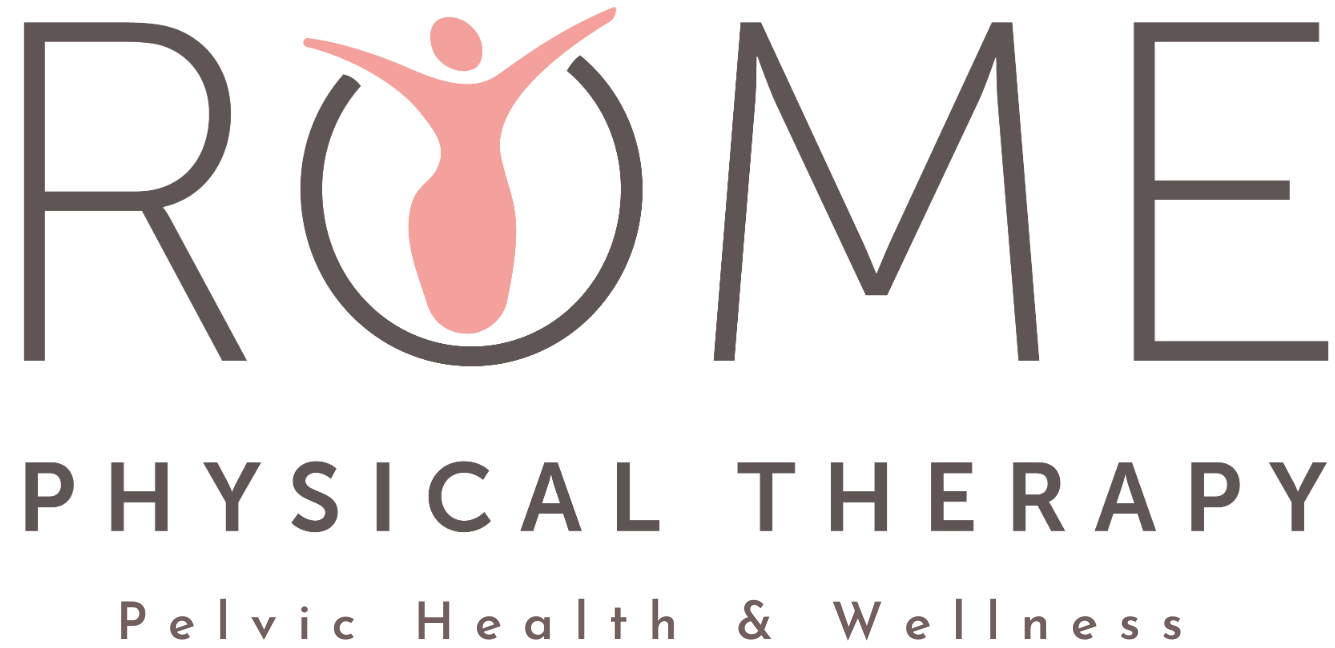Push Prep: The Power of Pelvic Floor Prep during Childbirth
Childbirth is such a monumental moment- a special journey- but it can also be super scary, especially for new moms. As a pelvic floor physical therapist, I've experienced firsthand the fear of childbirth but found strength through the power of pelvic floor preparation in easing the childbirth process. Which is exactly why I want to share some invaluable insights on how pelvic floor relaxation, hip and pelvis mobility, and perineal stretching can make all the difference in your birth experience.
Pelvic Floor Relaxation:
During childbirth, the ability to relax your pelvic floor muscles is crucial. Tension in these muscles can impede the baby's descent through the pelvis and can lead to increased pain and difficulty during labor- meaning it can create a stall in your labor. Through targeted exercises and relaxation techniques, we can train the pelvic floor to release tension, allowing for smoother and more efficient contractions.
Deep breathing, visualization, and mindfulness practices are effective tools in promoting pelvic floor relaxation. How to do this? Find a pelvic floor therapist to help you figure out what your muscles are doing. It is way more than simply telling your pelvic floor to relax. Chances are, you are actually not even relaxing when you think you are.
How do I know this? Because I am a pelvic floor therapist and teach mamas how to relax their pelvic floor during an internal vaginal examination on a weekly basis. Also, I have also struggled with pelvic floor relaxation myself. It is way deeper than just relaxing your body- it is a deeper mind body connection! Incorporating these techniques into your daily routine can help you cultivate a sense of calm and confidence as you prepare for labor and delivery.
Hip and Pelvis Mobility:
The pelvis plays a central role in childbirth, serving as the passageway for your baby's journey into the world. Optimizing hip and pelvis mobility can help open up the pelvis, providing more space for the baby to move through during labor.
It can also be super helpful to understand where your limitations are in your hips and pelvis. How? You can get your hips and pelvis assessed to see how you move to ensure there is plenty of room for your baby to exit through. Did you know that your pelvis has to open at the top for baby to enter into the pelvis during their descent and then open in a total opposite direction at the bottom to exit!
Incorporating hip-opening exercises, such as squats, lunges, and hip circles, into your prenatal fitness routine can improve flexibility and pelvic alignment, facilitating a more comfortable and efficient birth. These exercises also promote blood flow to the pelvic region, supporting overall pelvic health and function.
I personally worked really hard to make sure my pelvis and hips stayed mobile so there would be absolutely no restrictions during birth. Never once did I feel stuck- I had the power in knowing which positions to get into and which positions just felt “right”.
Perineal Stretching:
Perineal tears are a common concern during childbirth, but they're not inevitable. Perineal stretching exercises can help increase the flexibility and elasticity of the perineal tissues, reducing the risk of tears or the need for episiotomy.
Gentle stretching techniques can be practiced in the weeks leading up to birth to prepare the perineum for delivery. This simple yet effective practice can significantly contribute to a smoother postpartum recovery. I personally think it is also a great way to feel stretching to this area while performing relaxation breathing exercises. This can help you not only practice your relaxation techniques but also avoid tensing your muscles during stretching. I remember as my daughter was crowning, the stretch was familiar, not scary! I could embrace it and relax into it which was comforting in a way!
By adding in these pelvic floor-focused strategies into your childbirth preparation routine, you're empowering yourself with the tools and knowledge to navigate labor and delivery with confidence. Remember, childbirth is a personal journey, and there's no one-size-fits-all approach.
Consult with a pelvic floor physical therapist to customize a plan that suits your unique needs and preferences. As you embark on this incredible journey into motherhood, trust in your body's innate wisdom, and know that you're supported every step of the way. Here's to a positive and empowering birth experience!
XOXO, Megan Rome, Your fellow mom and pelvic floor therapist expert
